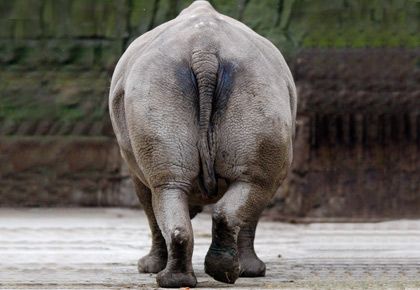His death has pushed the northern white rhino to the very brink of extinction. Only two females of the subspecies now remain on the planet.
Sudan -- the last known male northern white rhino and probably the most popular male of his species -- died on March 19, 2018.
He is survived only by two females of the subspecies, putting a huge question mark on the future of the northern white rhino and the ability of humans to protect the species at large from our own kind.
As conservationists and all those who care about the environment mourn the loss of this magnificent animal, we look back at the life of Sudan.
Recommended for you
Northern white rhinos to Lakshadweep: 10 things to see before they disappear forever

White rhinos are the largest land mammals after elephants and typically live in herds of up to 14 animals. The numbers of the northern subspecies have plummeted due mainly to poachers.
Sudan, who was born in 1973 in Sudan, will be remembered for his unusually memorable life.
Paying tribute to him, the Ol Pejeta Conservancy said, 'In the 1970s, he escaped extinction of his kind in the wild when he was moved to Dvůr Králové Zoo.'
Photograph: Petr Josek/Reuters.
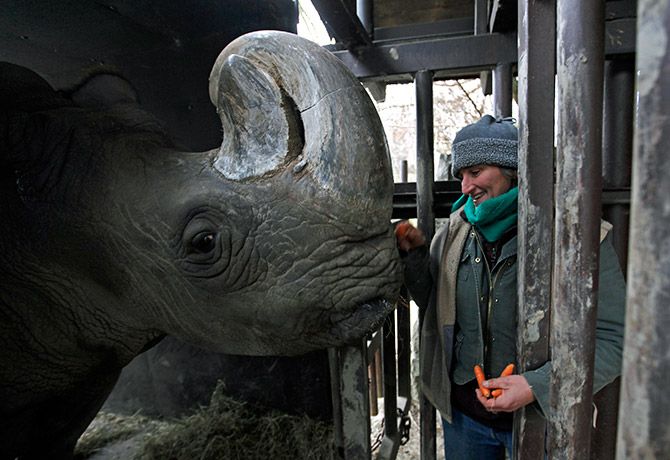
Sudan and three other northern white rhinos were moved to the Ol Pejeta reservation in Kenya in 2009 as part of the 'Last Chance to Survive' breeding programme.
Photograph: Petr Josek/Reuters.

He had already sired two calves by then.
Photograph: Noor Khamis/Reuters.
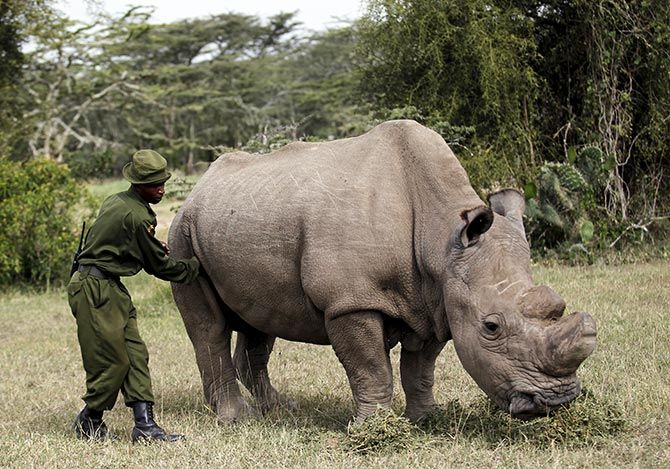
Beyond the breeding programme, conservationists also hoped Sudan would raise awareness of the plight of endangered animals and the need for community involvement in conservation.
Photograph: Thomas Mukoya/Reuters.
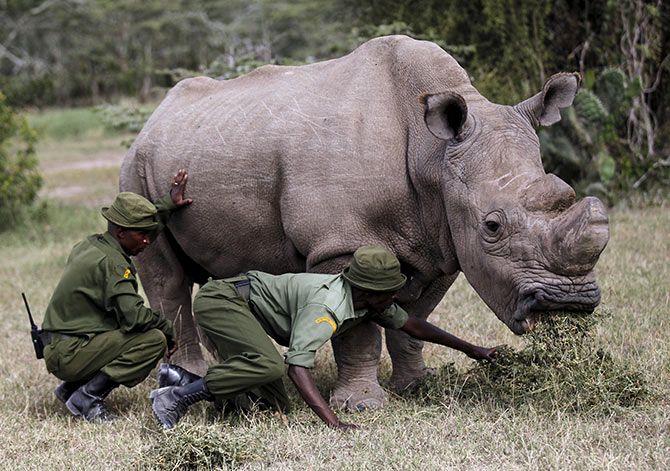
The breeding programme with Sudan remained unsuccessful.
Photograph: Thomas Mukoya/Reuters.
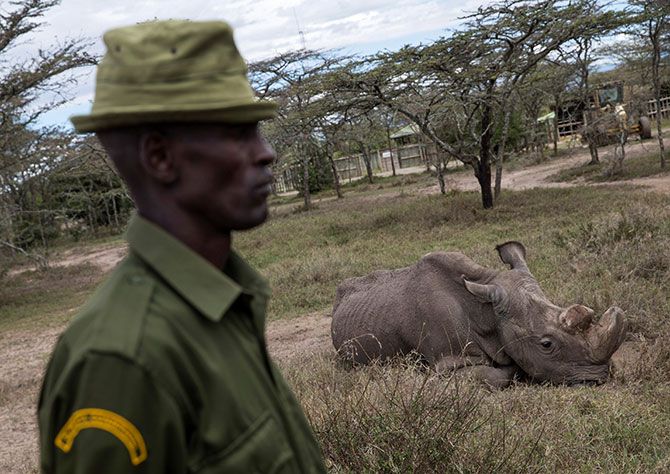
He was guarded 24 hours a day to protect him from poaching. The protection detail also included horn-embedded transmitters, watchtowers, fences, drones, and guard dogs.
Photograph: Baz Ratner/Reuters.
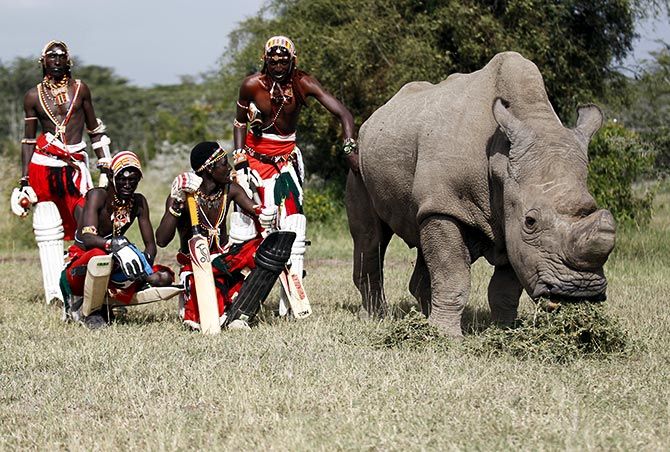
The cricket tournament was hosted with hopes to raise awareness of the plight of endangered animals.
Photograph: Thomas Mukoya/Reuters.

Since late 2017, Sudan was being treated for age-related complications that led to degenerative changes in muscles and bones combined with extensive skin wounds.
Ol Pejeta said in a statement, 'His condition worsened significantly in the last 24 hours; he was unable to stand up and was suffering a great deal. The veterinary team from the Dvůr Králové Zoo, Ol Pejeta and Kenya Wildlife Service made the decision to euthanize him.'
Photograph: Baz Ratner/Reuters.
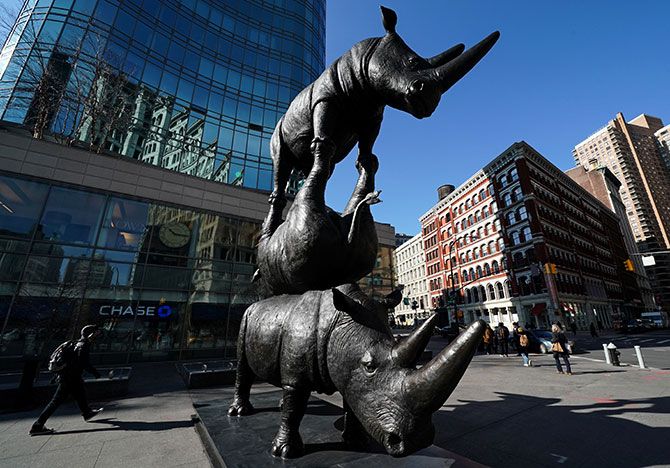
Ol Pejeta said in a statement, 'Throughout his existence, he significantly contributed to survival of his species as he sired two females. Additionally, his genetic material was collected and provides a hope for future attempts at reproduction of northern white rhinos through advanced cellular technologies.'
They added, 'The only hope for the preservation of this subspecies now lies in developing in vitro fertilisation (IVF) techniques using eggs from the two remaining females, stored northern white rhino semen from males and surrogate southern white rhino females.'
Photograph: Mike Segar/Reuters.
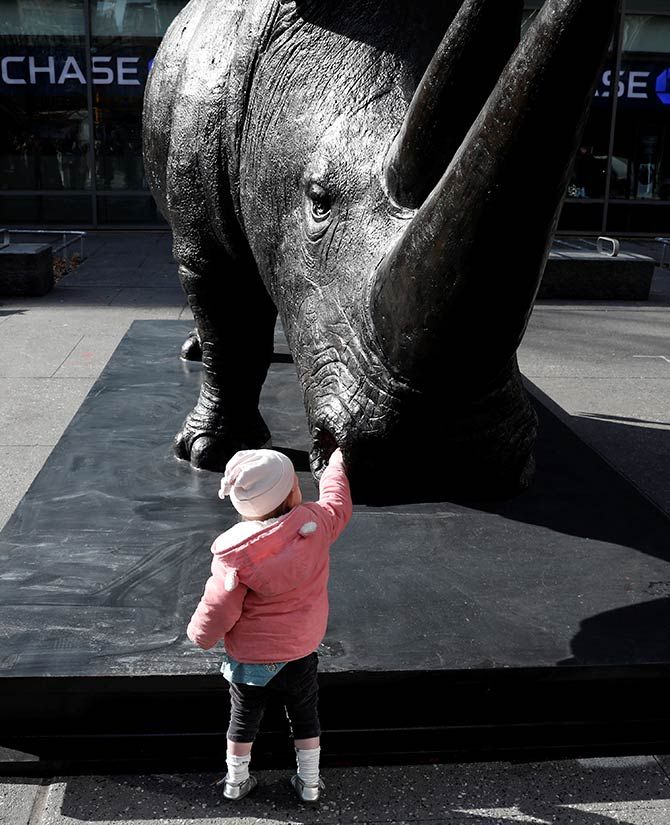
'One day, his demise will hopefully be seen as a seminal moment for conservationists world wide.'
Photograph: Mike Segar/Reuters.
